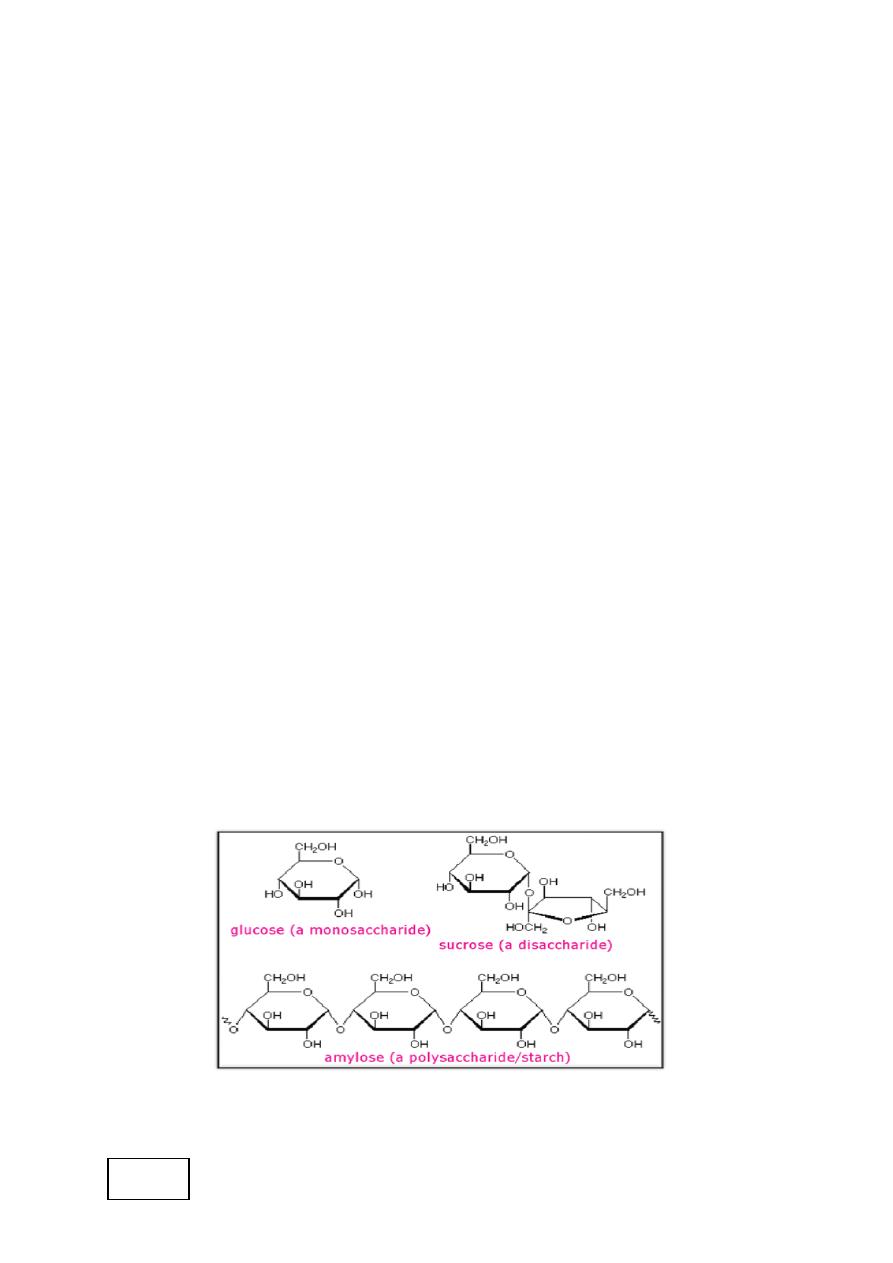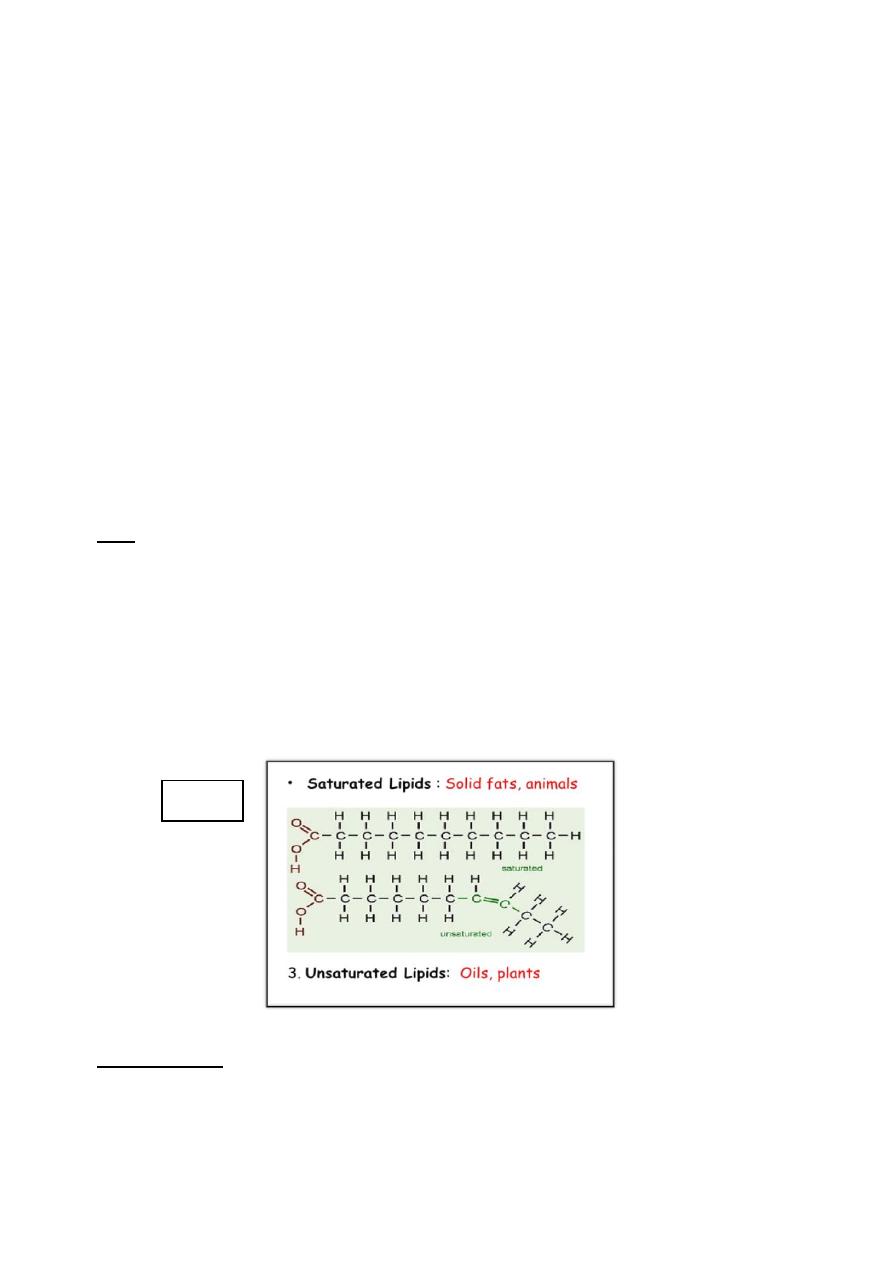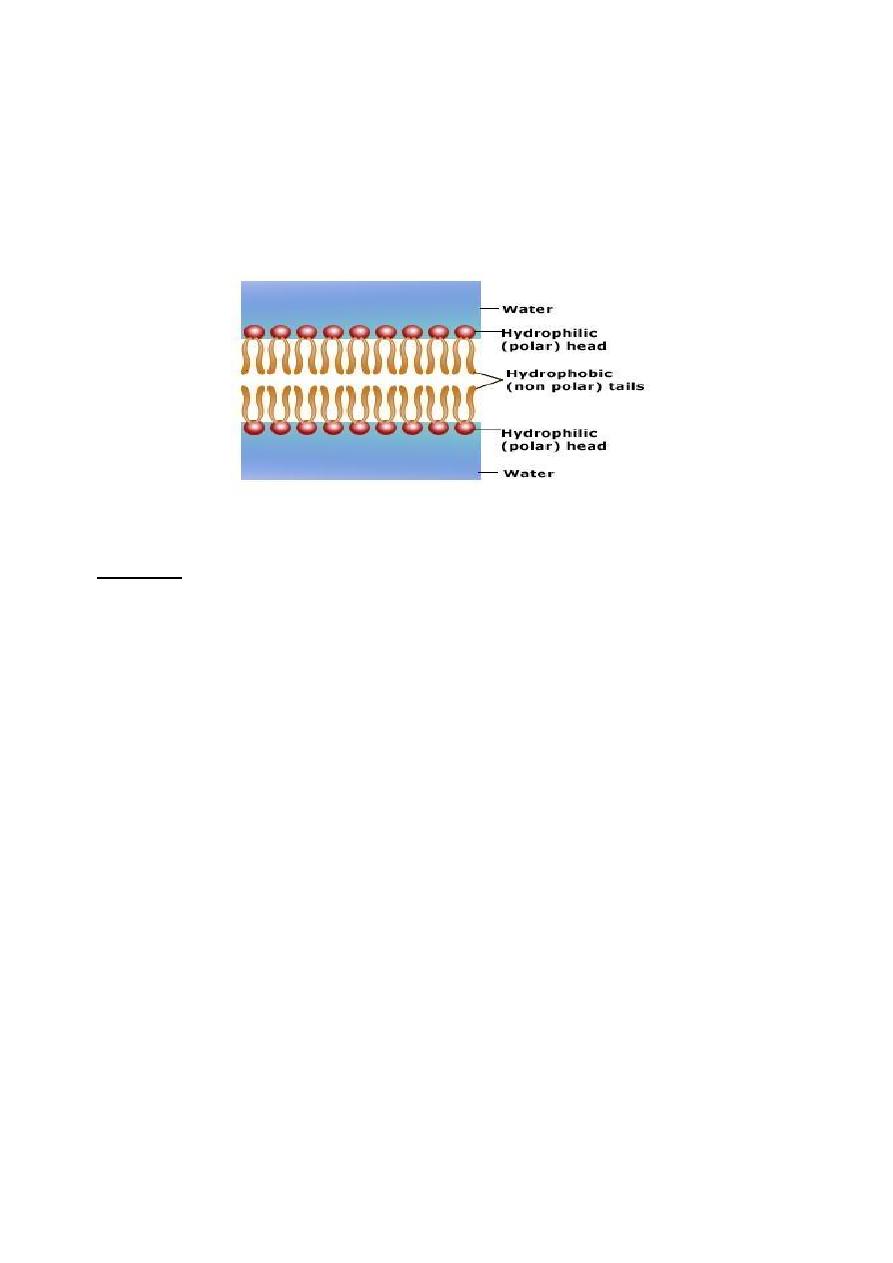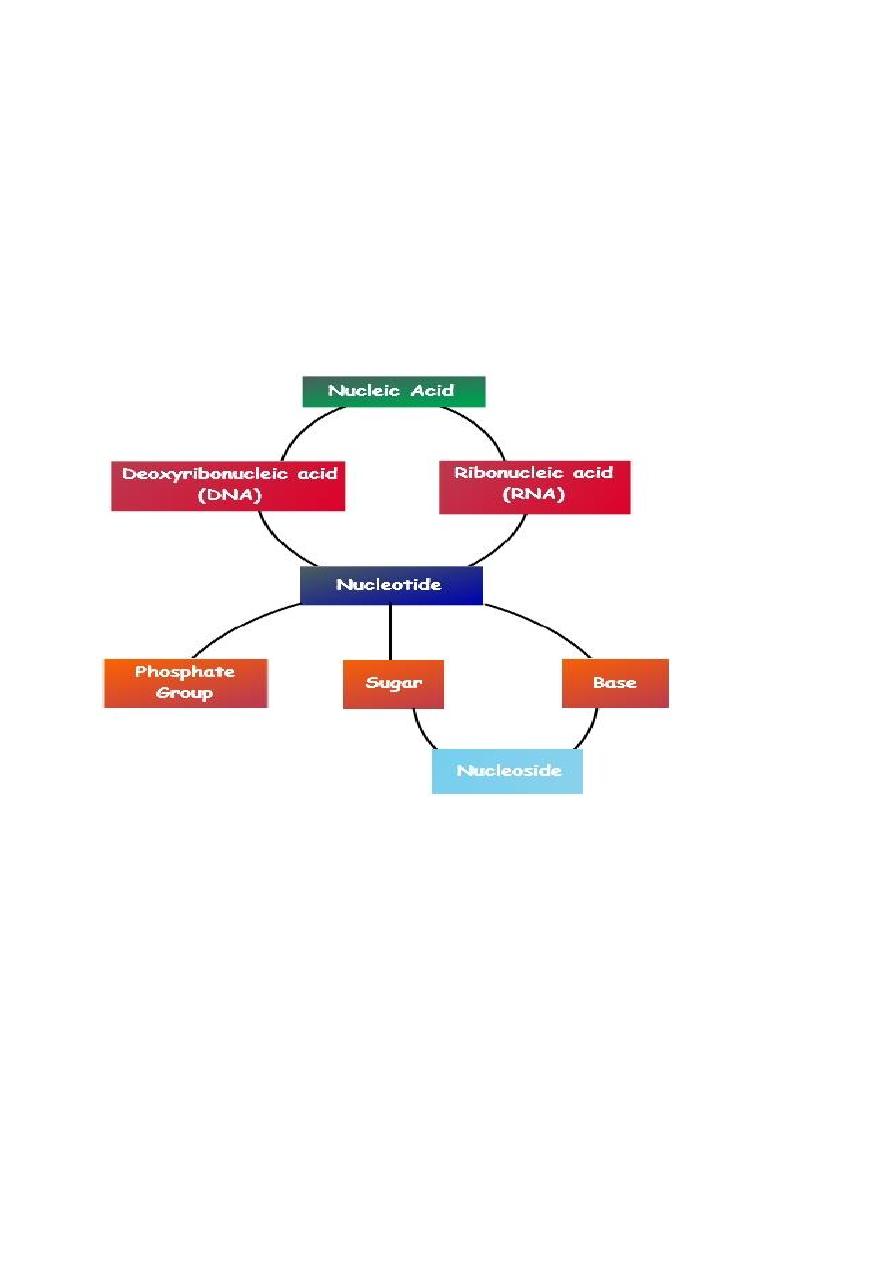
i
1
st
lesson Biology
Cell biology
Cell biology: is a branch of biology that studies cells – their physiological
properties, their structure, the organelles they contain, interactions with their
environment, their life cycle, division, death and cell function.
The cell
is the basic structural, functional and biological unit of all known living
organisms. Cells consist of cytoplasm enclosed within a membrane, which
contains many biomolecules such as proteins and nucleic acids. Organisms can
be classified as
unicellular (consisting of a single cell; including bacteria)
multicellular (including plants and animals).
All animal cells are multicellular, they are eukaryotic cells. Animal cells are
surrounded by plasma membrane and it contains the nucleus and organelles that
are membrane bound.
Animal cells are of diverse sizes and have irregular shapes. Most of the cells size
range between 1 and 100 micrometers and are visible only with help of
microscope. Trillions of cells are found in the human body. There are many
different types of cells.

ii
Parts of the animal cell are as follows:
Cell membrane - forms the outer covering of the cell, and is semi-permeable.
Cytoplasm - is a gel-like matrix where all the other cell organelles are suspended
inside the cell.
Nucleus - contains the genetic material DNA and directs the activities of the cell.
The Molecular Composition of Cells
Cells are composed of
Water
inorganic substances
organic substances
Water:
is the most abundant molecule in cells, accounting for 70% or more of total cell
mass. Consequently, the interactions between water and the other components of
cells are of central importance in biological chemistry.
Inorganic substances:
The inorganic substances of the cell, including sodium (Na
+
), potassium (K
+
),
magnesium (Mg
2+
), calcium (Ca
2+
), phosphate (HPO
4
2-
), chloride (Cl
-
), and
bicarbonate (HCO
3
-
), constitute 1% or less of the cell mass. These ions are
involved in a number of aspects of cell metabolism, and thus play critical roles in
cell function.
Organic substances:
1) Carbohydrates
2) Lipids
3) Proteins
4) Nucleic acids

iii
Carbohydrate
A carbohydrate is a compound containing the elements carbon, hydrogen and
oxygen in which the ratio of hydrogen to oxygen is the same as in water – two
hydrogen's to one oxygen. The basic building blocks of carbohydrate molecules
are the monosaccharides –glucose(the major nutrients of cells ), fructose, and
galactose.Two monosaccharides can form a covalent bond between them to form
a disaccharide sugar. There are three kinds of disaccharides.
Sucrose is a compound containing a glucose joined to a fructose.
Sucrose is commonly called table sugar.Maltose is a disaccharide containing two
glucose molecules held together by a covalent bond.
Lactose is a sugar found in milk formed by the combination of glucose and
galactose.
When many monosaccharide molecules are joined together with covalent bonds,
we have a polysaccharide, examples: Glycogen, cellulose and Starch. Glycogen
is a polysaccharide containing many hundreds of monosaccharide subunits.
Glycogen is a food stored in the body for energy, found in the liver, and skeletal
muscles .
لالطالع

iv
Lipids are large molecules that do not dissolve in water. They contain carbon,
hydrogen and oxygen. Three important lipids in the body are :
Fats
Phospholipids
Steroids
Fats- are lipid molecules formed from two building blocks, glycerol and three
fatty acids. Saturated fat - fatty acids contain all hydrogens possible. There are
no double bonds in the fatty acid portion of the molecule. Solids at room
temperature. Unsaturated fat - more hydrogens can be added to the fatty acid
molecules. There is at least one double bond in the fatty acid portion of the
molecule. Liquids at room temperature.
Phospholipids- The phospholipid molecule is similar to a fat except that the
third fatty acid is replaced by a phosphate group. Phosphate consists of one
phosphorus and four oxygen atoms. The phosphate end of the molecule will
لالطالع

v
dissolve in water and is said to be hydrophilic (“likes water”). The fatty acid end
of the molecule repels water and is called hydrophobic (“fears water”).
Phospholipids are a major component of the membranes surrounding the cells of
all organisms.
Steroids - differ greatly from fats and phospholipids in structure; they are
complex ring compounds. Like fats and phospholipids they do not dissolve in
water. Examples of steroids - cholesterol, vitamin D, cortisone, estrogen.

vi
Proteins:
Proteins are very large, complex molecules composed of the elements carbon,
hydrogen, oxygen and nitrogen. Other elements are found in proteins in very
small amounts. Protein molecules are constructed from building blocks called
amino acids. There are twenty different kinds of amino acids. As amino acids
are joined to each other with special covalent peptide bonds, the protein molecule
grows larger and its shape becomes more and more complex.
لالطالع

vii
allow organisms to transfer genetic information from one generation to the next.
There are two types of nucleic acids: deoxyribonucleic acid, better known
as DNA and ribonucleic acid, better known as RNA.
